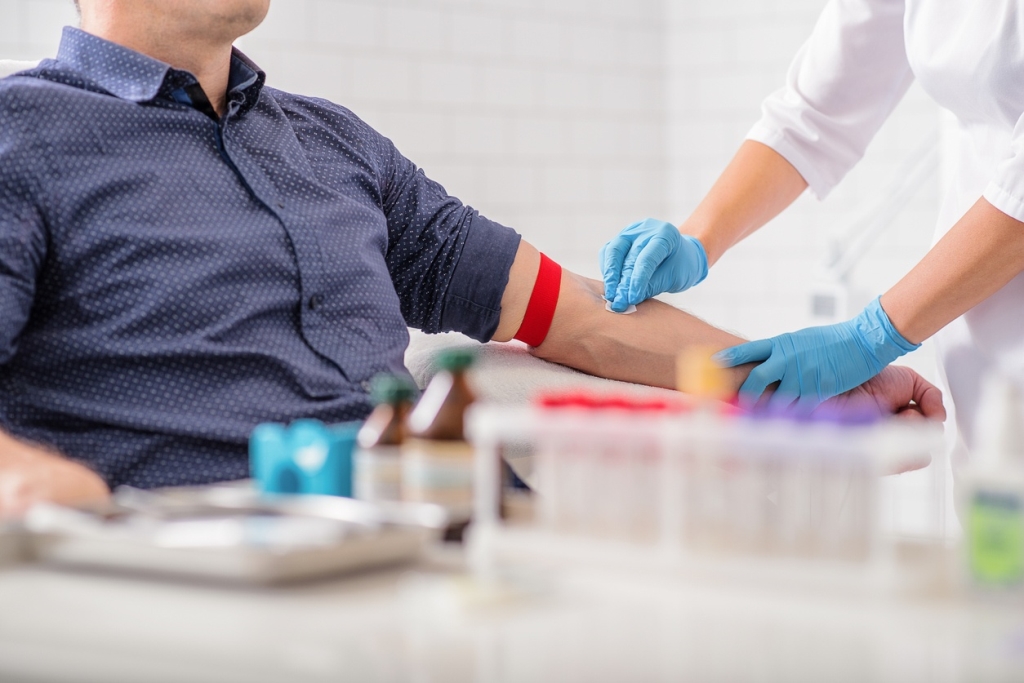Title: Mastering the Art: Essential Training to Draw Blood Like a Pro
Introduction:
Drawing blood is a crucial skill in the medical field, whether you are a nurse, phlebotomist, or healthcare professional. Mastering the art of drawing blood not only requires precision and technique but also the ability to make patients feel comfortable and at ease during the process. In this article, we will discuss essential training and tips to help you draw blood like a pro.
Key Training Steps:
1. Understanding Anatomy and Physiology:
Before you can successfully draw blood from a patient, it is essential to have a strong understanding of human anatomy and physiology. Knowing where veins are located, how blood circulates in the body, and the potential risks associated with drawing blood is crucial. Enroll in anatomy and physiology courses or attend workshops to deepen your knowledge in this area.
2. Properly Handling Equipment:
Another crucial aspect of mastering the art of drawing blood is learning how to properly handle and use the equipment required for the process. This includes selecting the right size needle, understanding different types of blood collection tubes, and practicing proper techniques for disinfection and sterilization. Consider shadowing experienced professionals or taking hands-on training courses to improve your skills in this area.
3. Developing Communication Skills:
Drawing blood can be a nerve-wracking experience for patients, so having strong communication skills is essential. Learning how to explain the procedure to patients in a clear and reassuring manner, as well as practicing techniques for calming anxious individuals, can make a significant difference in the success of your blood draw. Role-playing scenarios with colleagues or participating in communication workshops can help you refine your communication skills.
4. Practicing Venipuncture Techniques:
Venipuncture, the process of puncturing a vein to draw blood, is a skill that requires practice and precision. Start by practicing on training models or mannequins to get a feel for the technique. Once you feel comfortable, move on to practicing on actual patients under the supervision of a qualified professional. Seeking feedback and guidance from experienced practitioners can help you refine your technique and improve your success rate.
Benefits and Practical Tips:
– Improved patient satisfaction: By mastering the art of drawing blood, you can make the experience more comfortable and less painful for patients, leading to increased satisfaction and trust in the healthcare provider.
– Faster and more efficient procedures: With proper training and technique, you can streamline the blood drawing process, leading to quicker and more efficient procedures.
– Reduced risks of complications: By understanding anatomy, properly handling equipment, and practicing venipuncture techniques, you can minimize the risks of complications such as hematomas or infections.
Conclusion:
Mastering the art of drawing blood takes time, practice, and dedication, but with the right training and techniques, you can become a pro in no time. By understanding anatomy and physiology, properly handling equipment, developing communication skills, and practicing venipuncture techniques, you can draw blood with confidence and precision. Remember to seek out opportunities for further training and education to continue honing your skills in this essential medical procedure.
